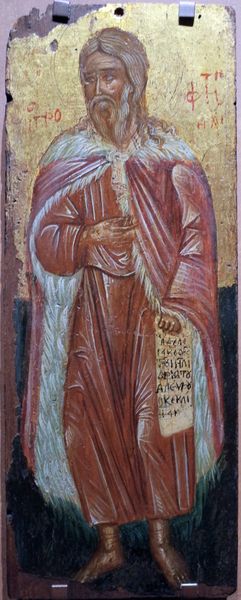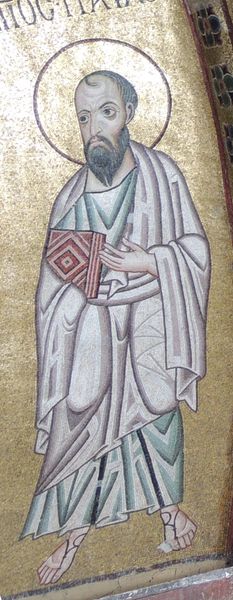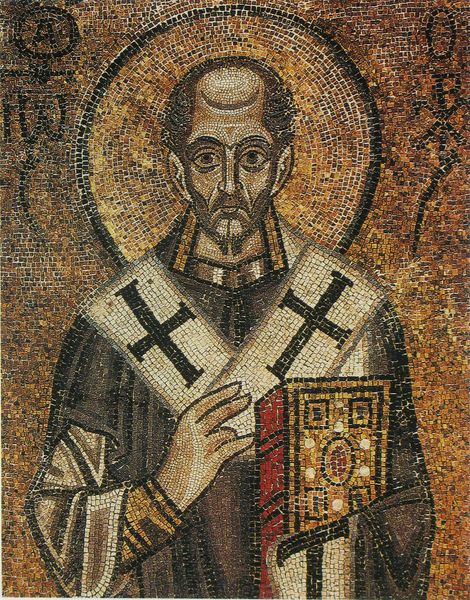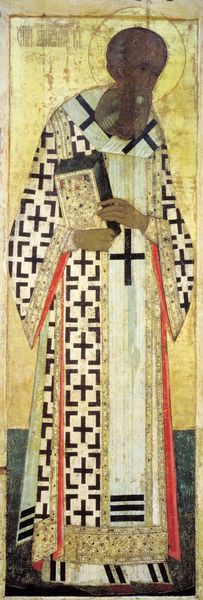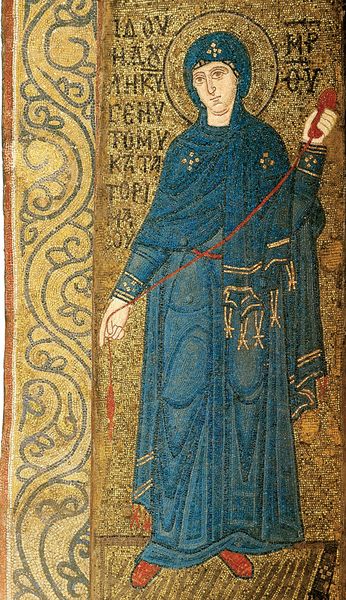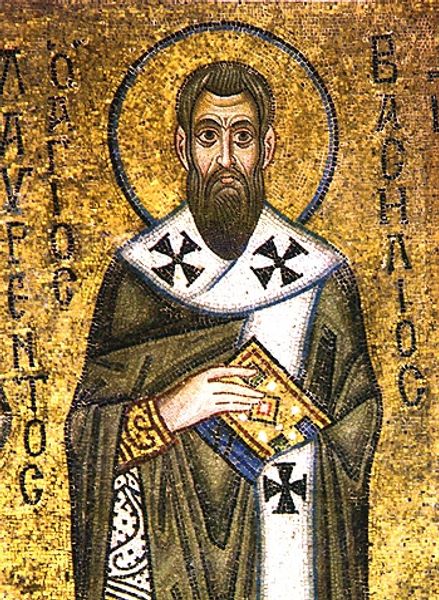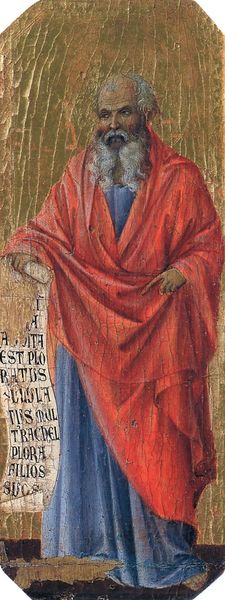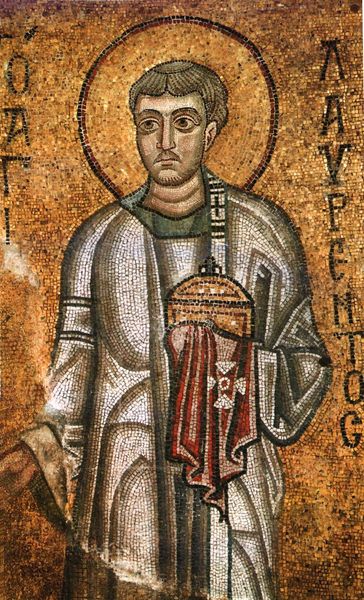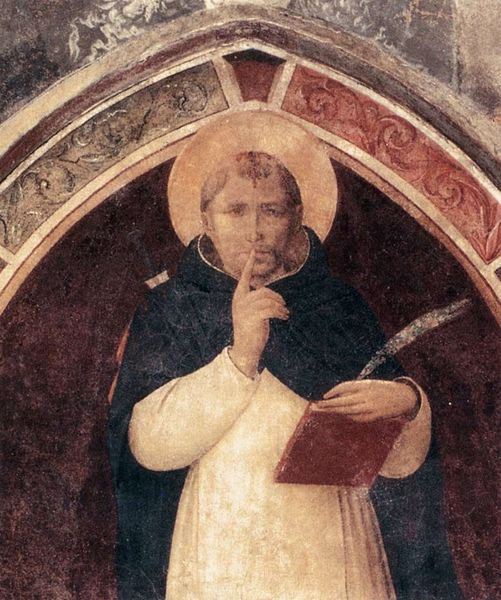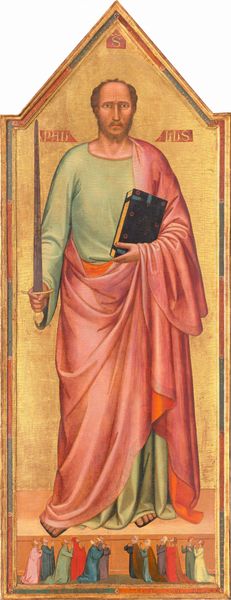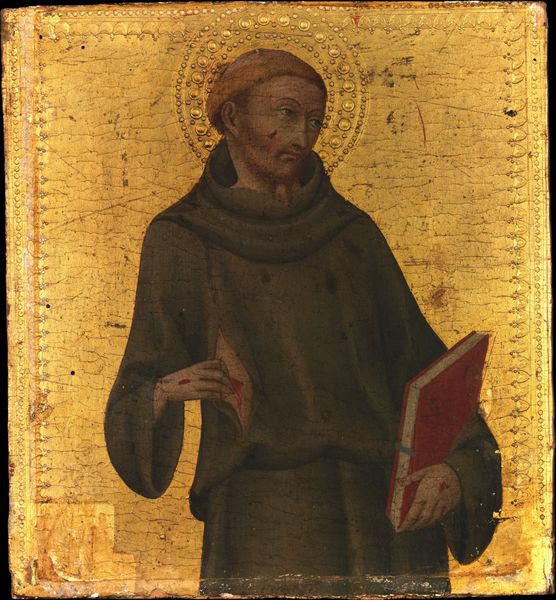
mosaic
#
portrait
#
mosaic
#
byzantine-art
#
medieval
#
figuration
Copyright: Public domain
Editor: Here we have a figure from the Monastery of Hosios Loukas, a Byzantine mosaic dating back to 1025. It's strikingly serene, even with the weight of history bearing down on it. The subject has such an arresting gaze. How do you interpret the public role this artwork served within the monastery? Curator: It's important to consider how art functioned within Byzantine society. The prominence of religious imagery, like this mosaic of St. John the Theologian, wasn't just about aesthetics; it was a deliberate tool for reinforcing faith, political ideology, and the social hierarchy. This mosaic, specifically its placement and scale, would have played a crucial role in shaping the viewer's spiritual experience and reaffirming the authority of the Church. Editor: So, the mosaic is less of an artistic expression and more of a carefully crafted instrument of power? Curator: Not necessarily! While religious expression permeates, artistry does too. Consider the skilled craftsmanship: the meticulous placement of each tessera, the vibrant colours against the gold background. This suggests the significance that was attached to portraying this particular figure with immense authority. The use of gold, especially, evokes the divine and sets the figure apart. This contributes to his representation of spiritual authority. What message does it communicate? Editor: That the spiritual figure deserves deference! Knowing it served such an important role gives me a different lens to view the artistic choices made, like the book, the specific gaze of the figure, all strategically used to emphasize meaning and social influence. I'm curious what power religious expression through art possesses. Curator: Exactly! And understanding those functions enables a more profound appreciation of both the historical context and enduring power of art.
Comments
No comments
Be the first to comment and join the conversation on the ultimate creative platform.


